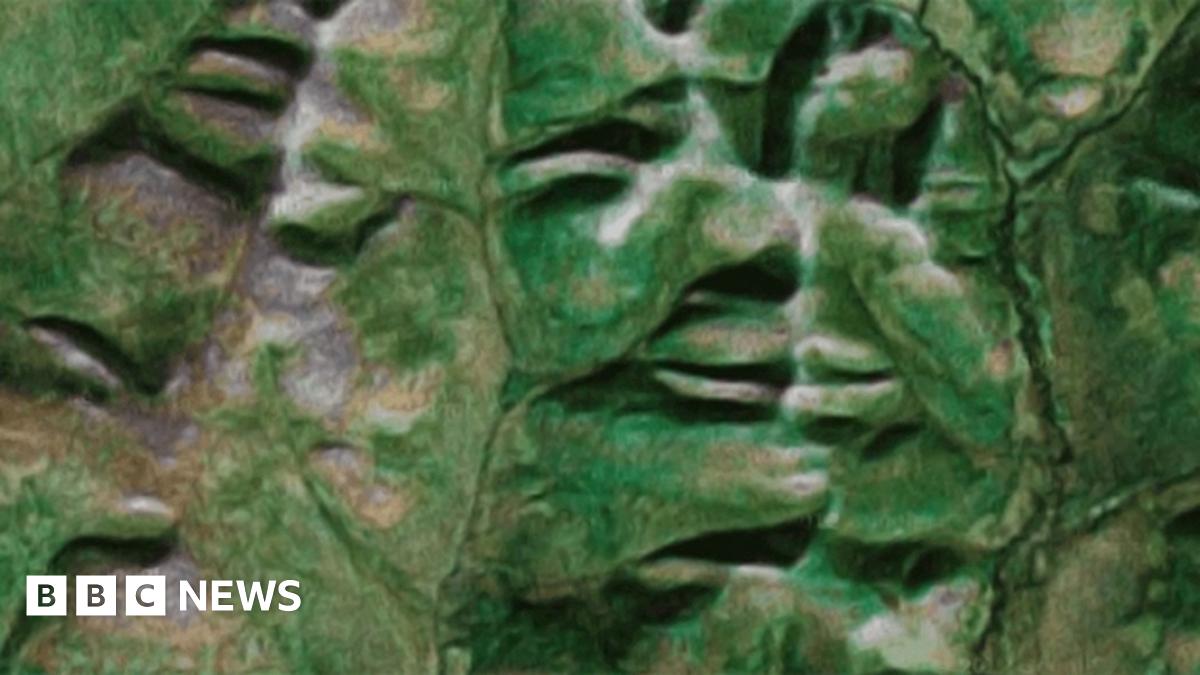I've been sitting shikantaza daily for 30 minutes since February. Off and on for months, when I settle in after a few minutes, I start to feel tingling in my hands, see waves or rings of very faint light, and hear a background hum in my ears. I know these mean nothing and are just physiological phenomena as a result of sitting still and staring at a wall. They don't interfere with me being aware of everything around me in the present and aren't a distraction other than that I think they're not supposed to be there. And I don't think they're a result of trying too hard or getting drowsy (although I do my share of that). I can purposely stop them by focusing on the wall or something, but as soon as I have the intent of opening in awareness or letting go then the sensations come back and will just sit in the background for the entire time. From what I've read on this forum and other zen sources it sounds like makyo and is something to be avoided, but I'm not sure how to do this. Or should I just sit through them and see what comes up?
Any ideas would be greatly appreciated.
Gassho
Steve
SatToday
Any ideas would be greatly appreciated.
Gassho
Steve
SatToday



Comment